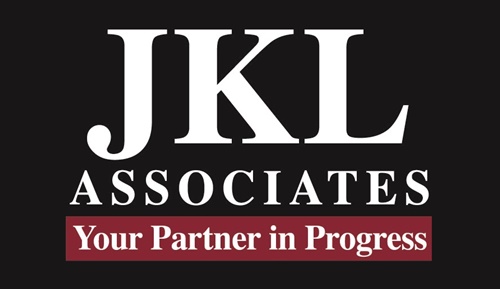We have all arrived in our roles in business through various channels. Some might have started the business from the ground up. Some might have purchased an existing business and now guide its future. Others might have been hired in and risen through the ranks to a level of leadership. Still others might have been part of a family’s business legacy and continued to nurture it forward. Regardless of your situation, we can all look back and recall moments in our business life where we thought a given plan of action was going to be fairly simple, yet turned out to be anything but simple. Business leadership is just that way.
Getting you to pause and think about this concept of simple vs difficult is critical as you review and plan future success objectives for your business. If you have experienced growth that occurred relatively easily, it can dull your senses to what growth may look and feel like when it is not so simple or easy. It might not be difficult in a negative sense, but it could be that it is just not happening the way you had planned or hoped it would take place.
In a start-up business, it is relatively straightforward to see revenues double, triple, or even have exponential growth when starting from essentially no revenue. During this time of new adventure, adrenaline not only plays a key role in moving forward, but it also gets juiced when the result of actions can be measured and demonstrates the validity and viability of the pursuit. As the business transitions from startup to a maturing state, these multidigit growth points become less straightforward to replicate. 100% growth from a $100,000 business in one year is significantly different from 10% growth from a $1,000,000 business during the same time frame. The dollars might be the same, but the moving parts to achieve the same dollar amount take on different demands of leadership.
The start-up might have a couple of people, with one person handling sales and the other handling deliveries. As the organization expands, so too does the need for talent and overhead. Communication gaps might form. Customers receive less attention and often move to competitors. What started simple is now more complex. Notice the keyword is complex, not necessarily difficult. Leadership has the opportunity to navigate complexity, but if they don’t, it becomes difficult.
To simplify the navigation and complexities for the business, leadership must fully embrace and hold itself accountable to the culture framework and platform. This includes the organization’s Purpose, Core Values, Core Principles, Vision/Mission, etc. Too frequently, the original designs of these key tools get either laid aside or dismissed as the organization experiences success. It is not an intentional thing, but as the business expands and additional talents are brought in to support the growth, more and more different views, opinions, and perceptions enter into the organization. Without a framework that keeps businesses focused on their operational processes, deviation naturally sets in.
This week, as you ponder the next enhancements and improvements for your business, it is time to revisit your culture. Are you, as a leader, fully embracing and using the culture framework for building your organization, or has it become a bit foggy? Is your leadership team also on the same page with respect to the daily use and integration of your culture to grow the business? By what means will you assess and determine this level of ownership in the culture?
If these questions have sparked some thoughts, consider giving a Promise Guide at JKL Associates a call to explore how embracing a solid culture platform can enhance your future success. Contact us at MI (313) 527-7945 or FL (407) 984-7246.
Journey On!
COPYRIGHT – JKL ASSOCIATES 2025
QUESTIONS OR COMMENTS – EMAIL US AT PARTNERS@JKLASSOCIATES.COM OR CALL OUR OFFICES – MI AT (313) 527-7945 FL AT (407) 984-7246
Celebrating 30 years of Delivering on “Promises”




